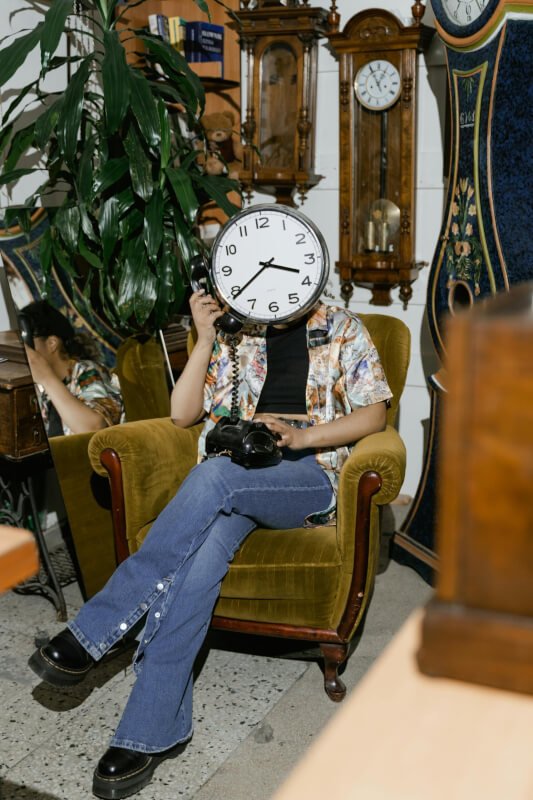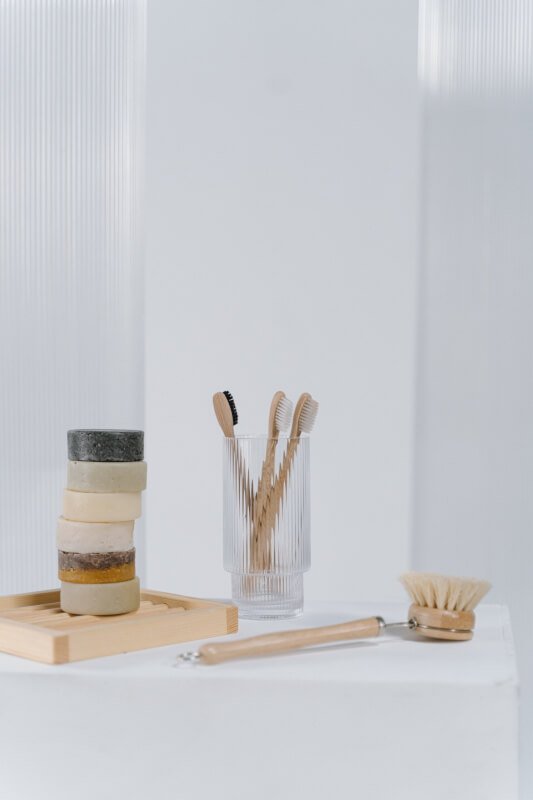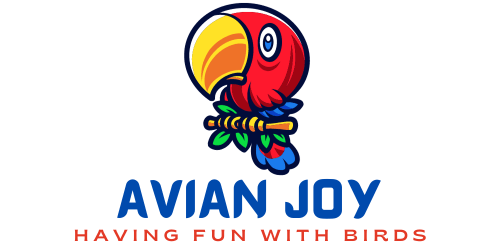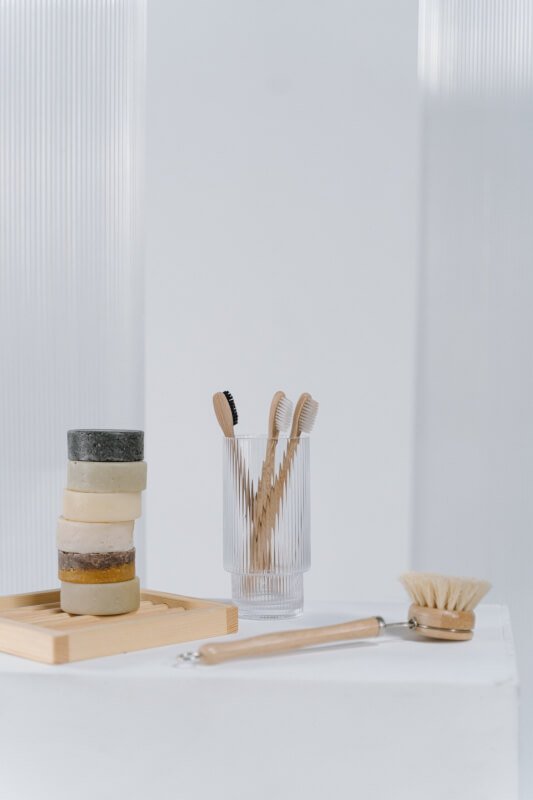So you’ve decided to create an exercise area for your avian friend and want to make sure it’s safe and enjoyable for them. In this article, we will guide you through the process of creating a safe avian exercise area, ensuring that your feathered companion can stretch their wings and have some fun in a secure environment. From choosing the right location to incorporating stimulating elements, you’ll find all the information you need to create the perfect space for your bird to spread its wings and stay active.
Choosing the Location
When it comes to creating a safe avian exercise area, choosing the right location is of utmost importance. Consider the weather conditions in your area to ensure that your birds will be comfortable and protected from extreme temperatures or harsh weather. It is also essential to ensure that there is adequate space for your birds to move around freely and engage in natural behaviors. Look for a location that offers enough room for flight and exploration.
Another crucial aspect to consider when selecting the location for your avian exercise area is to check for existing hazards. Look out for any potential risks such as nearby roads, toxic plants, or dangerous structures. It is crucial to choose a location that is far away from any potential dangers to ensure the safety and well-being of your birds.
Selecting the Right Materials
Choosing the right materials for your avian exercise area is vital to ensure the safety and well-being of your birds. Opt for bird-safe materials that are non-toxic and do not pose any health risks to your feathered friends. Avoid using materials that may contain harmful substances such as lead or chemicals that could be toxic when ingested or inhaled by birds.
In addition to bird-safe materials, prioritize durability and easy maintenance. Birds can be quite active and may engage in behaviors that could potentially damage the materials in their exercise area. Therefore, it is essential to select materials that can withstand their activities and are easy to clean and maintain. This will help ensure the longevity of the exercise area and provide a safe and comfortable space for your birds.

Designing the Layout
When designing the layout of your avian exercise area, it is essential to provide ample flight space for your birds. Birds naturally require space to spread their wings and fly freely. Ensure that the exercise area is spacious enough to accommodate your birds’ flight needs, allowing them to exercise and maintain their physical health.
In addition to flight space, incorporating various perching options is crucial. Birds love to explore different perching spots and may enjoy hopping from one to another. Provide perches of varying heights and thicknesses to mimic their natural environment and stimulate their feet and leg muscles.
To create a more engaging and natural environment for your birds, consider incorporating natural elements in the design. This can include the use of live plants, branches, or even artificial vegetation that resembles their natural habitat. These elements can provide mental enrichment and offer opportunities for exploration and play.
Installing Safety Features
Safety is paramount when it comes to creating a safe avian exercise area. Install bird-proof fencing around the perimeter to prevent your birds from accidentally escaping or predators from entering. Choose a wire mesh with small openings to ensure that birds cannot squeeze through or get trapped.
In addition to bird-proof fencing, consider adding predator deterrents to the exercise area. This can include placing motion-activated lights, scare devices, or even a sound system that plays distress calls of potential predators. These deterrents can help discourage predators from approaching the area and ensure the safety of your birds.
Proper lighting is another essential safety feature to consider. Install adequate lighting in the exercise area to ensure that it is well-lit, especially during the evening or early morning hours. This will help prevent accidents and ensure that your birds can navigate the space safely.

Creating a Sheltered Area
While birds enjoy spending time outdoors, it is vital to provide them with a sheltered area within their exercise space. This will protect them from extreme weather conditions such as intense heat or heavy rain. Provide a covered or shaded area where your birds can seek refuge when needed.
When designing the sheltered area, it is important to consider creating comfortable roosting spots. Birds need a safe and cozy place to rest and sleep. Provide perches or platforms that are elevated and protected from the elements, allowing your birds to rest comfortably during the day and night.
In some cases, using bird nets or aviaries can be an effective way to create a fully enclosed and protected space for your birds. Aviaries provide a larger area for flight while ensuring that your birds are safe from predators and potential escapes.
Providing Essential Amenities
To ensure that your avian exercise area meets all the needs of your birds, it is crucial to include essential amenities for their well-being. Fresh water sources should be readily available within the exercise area. Provide water bowls or preferably hanging water dispensers to ensure a clean and accessible water supply for your birds.
Offering a variety of bird feeders is also important, as different bird species have varying feeding preferences. This will attract a diverse range of bird species to your exercise area and provide them with a reliable source of food. Choose feeders that are easy to clean and refill to maintain hygiene.
Additionally, providing suitable nesting options in the exercise area can encourage natural breeding behaviors. Install birdhouses or nesting boxes that are appropriate for the species you have and place them in suitable locations within the exercise area. This will create a sense of security and encourage nesting activities.

Minimizing Potential Hazards
To maintain a safe avian exercise area, it is crucial to minimize potential hazards. Prevent access to toxic plants that can pose a risk to your birds’ health. Research the types of plants that are harmful to birds and remove them from the exercise area.
Avoid including open water features within the exercise area, as ponds or large water bodies can be hazardous for birds, especially if they are not skilled swimmers. Birds may accidentally fall into the water and struggle to escape, leading to drowning. It is best to provide water sources that are shallow and bird-friendly.
Keep the area free of sharp objects that could potentially injure your birds. Inspect the exercise area regularly and remove any objects such as broken glass, sharp branches, or other debris that may pose a risk. A clean and hazard-free environment will help prevent accidents and ensure the safety of your birds.
Establishing a Routine
Establishing a routine for your birds’ exercise activities is important to promote their physical and mental well-being. Create a daily exercise schedule that includes specific times for flight and exploration. Consistency in routines helps birds feel secure and provides them with a sense of structure.
In addition to physical exercise, it is crucial to encourage mental stimulation for your birds. Provide toys, puzzles, or foraging opportunities that can keep your birds mentally engaged and prevent boredom. This will help prevent behavioral issues and ensure that your birds remain mentally stimulated and happy.
Monitoring bird behavior is also an essential part of establishing a routine. Observe their behavior during exercise sessions and look out for any signs of discomfort or distress. Being attentive to your birds’ needs and behavior will allow you to make necessary adjustments to their exercise routine and ensure their overall well-being.

Maintaining Hygiene
Maintaining cleanliness in the avian exercise area is crucial for the health and well-being of your birds. Regularly clean the exercise area to remove any droppings, feathers, or debris. This will help prevent the build-up of bacteria or parasites that can pose a risk to your birds’ health.
Replace bedding and substrates in the exercise area as needed. Bird droppings and moisture can quickly soil the bedding, making it unsanitary for your birds. Regularly inspect the bedding and replace it to ensure a clean and comfortable environment for your birds.
Inspect the exercise area for signs of infestation, such as insects or mites. Look out for any unusual behavior or scratching from your birds, as this may indicate the presence of pests. If you suspect an infestation, take immediate action to address the issue and ensure the health and comfort of your birds.
Seeking Professional Advice
When creating a safe avian exercise area, it can be beneficial to seek professional advice from avian experts. Consult with an avian veterinarian who can provide guidance on ensuring the health and well-being of your birds. They can offer valuable insights on nutrition, health checks, and any specific considerations for your bird species.
Engaging the services of a bird behaviorist can also be helpful in creating a safe and stimulating exercise area. They can provide expert advice on providing mental enrichment for your birds, addressing any behavioral issues, and promoting positive interactions within the exercise area.
Joining avian enthusiast groups or online communities can provide you with a wealth of tips and advice from experienced bird owners. These groups can help answer any specific questions you may have and provide additional insights into creating a safe and enriching avian exercise area.
In conclusion, creating a safe avian exercise area requires careful consideration of various factors, from choosing the location to seeking professional advice. By ensuring weather conditions, selecting the right materials, designing a suitable layout, installing safety features, creating a sheltered area, providing essential amenities, minimizing potential hazards, establishing a routine, maintaining hygiene, and seeking professional advice, you can create a safe and enjoyable environment for your feathered friends. Remember to always prioritize their health and well-being, and take the necessary steps to provide them with a happy and fulfilling exercise area.



